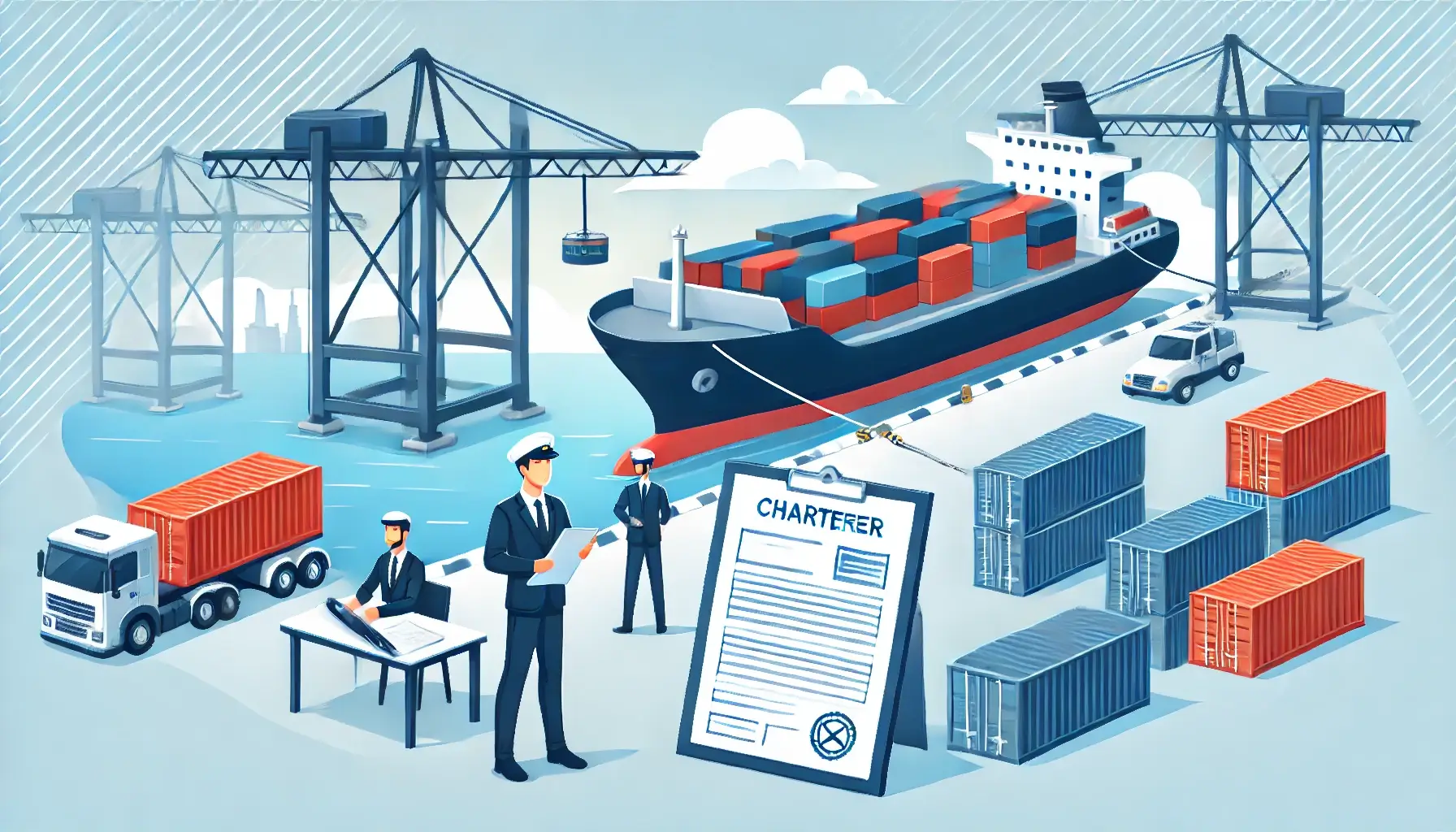What Are the Responsibilities and Rights of a Charterer?


What Are the Responsibilities and Rights of a Charterer?
Freight transportation by sea, land, or air, where the transport unit is rented, is called chartering.
This term has been known since the 19th century and was primarily used for maritime transport. Today, its meaning has remained largely unchanged and is still mainly applied to sea and ocean freight transportation.
What Is Chartering?
In this type of transport, a vessel is rented either partially or entirely, with or without a crew, for a specific voyage or a set period. Thus, the charterer is the lessee, while the shipowner (or carrier) provides the means of transportation.
Advantages of Chartering:
- Fast
- Optimized
- Cost-effective transportation of goods worldwide
Waterways have a high carrying capacity, allowing direct transportation from one country’s port to another without passing through multiple borders and customs delays.
Charterer’s Responsibilities
Chartering is not only a logistical but also a legal process. The key difference between chartering and standard transportation is that the shipowner (carrier) is not responsible for the cargo being transported while still retaining ownership of the vessel.
The charterer typically accompanies the cargo throughout the entire transportation route.
The rights of the charterer include, among other things, the ability to demand that no unauthorized goods or persons are present on the vessel.
Charterer’s Obligations:
- Timely payment as specified in the contract
- Ensuring cargo delivery within the timeframe stated in the contract
With the agreement of the shipowner, the charterer may sublease the vessel to another party.
Charterer’s Liability Insurance
The charterer’s liability can be insured. The insurance policy must include coverage for:
- The vessel’s hull
- The cargo
- Liability for personal injury and compensation for damages

